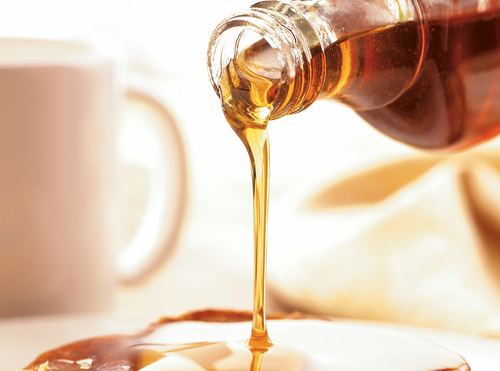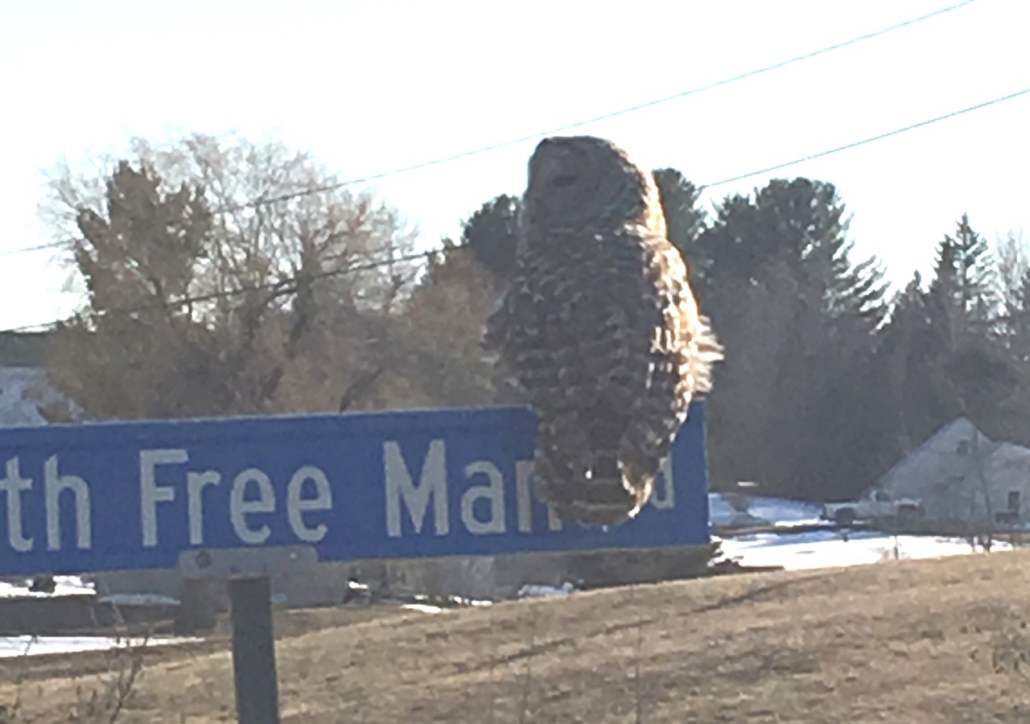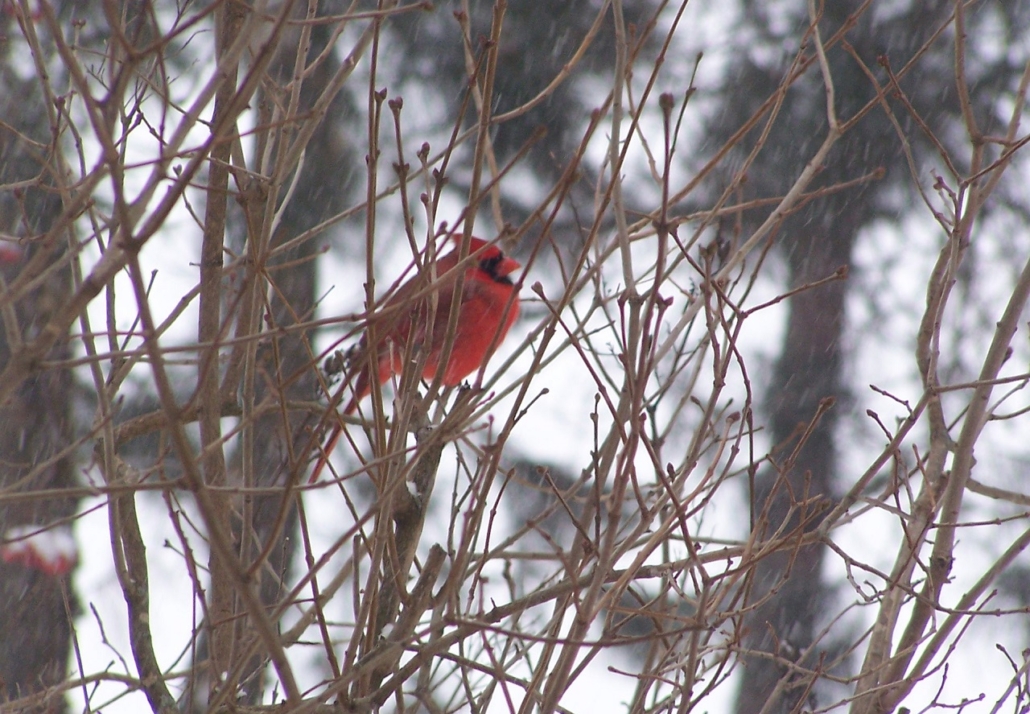FOR YOUR HEALTH: Major Changes Headed To A Product Label Near You

 (NAPSI)—If you’re like 90 percent of shoppers, you consult the Nutrition Facts panel on food packages before you buy. To make it easier to make informed food choices, the U.S. Food and Drug Administration (FDA) has developed a new Nutrition Facts label. Here are the seven major new features:
(NAPSI)—If you’re like 90 percent of shoppers, you consult the Nutrition Facts panel on food packages before you buy. To make it easier to make informed food choices, the U.S. Food and Drug Administration (FDA) has developed a new Nutrition Facts label. Here are the seven major new features:
1. Increased print size for “Calories.”
Calorie counts will be easier to see.
2. Inclusion of “Added Sugars.”
The FDA currently defines added sugars as “sugars that are either added during the processing of foods, or are packaged as such, and include sugars (free, mono- and disaccharides), sugars from syrups and honey, and sugars from concentrated fruit or vegetable juices that are in excess of what would be expected from the same volume of 100 percent fruit or vegetable juice of the same type.” Sugar alcohols, or polyols, provide sweetness but aren’t counted as “added sugars” because they’re not sugar. These low-digestible carbohydrates can replace sugar as a lower-calorie alternative. Common polyols include erythritol, maltitol, sorbitol, mannitol, xylitol, lactitol, isomalt and hydrogenated starch hydrolysates.
3. Changing “Sugars” to “Total Sugars.”
Sugar can be present in healthy foods. This change can help consumers understand the amount of sugar the product contains from any source.
4. Removal of “Calories from Total Fat.”
Research shows the type of fat (for example, polyunsaturated) is more important than the total calories from fat. Labels still include “Total Fat,” “Saturated Fat” and “Trans Fat.”
5. Increased print size for “Serving Size” and “Servings per Package/Container.”
Portion control remains a problem for many. Increased visibility of recommended serving sizes can help people make better, more accurate decisions.
6. The amounts of vitamin D and potassium are now required, instead of vitamins A and C.
Based on research from the Institute of Medicine, the new labels will include this information to increase visibility of vitamin D and potassium requirements. Though voluntary, similar information for vitamins A and C may still be included.
7. Revision of “Percent Daily Value” Footnote.
The new language will specifically state: “The % Daily Value tells you how much a nutrient in a serving of food contributes to a daily diet. 2,000 calories a day is used for general nutrition advice.” Experts at the Calorie Control Council, a nonprofit association that seeks to provide objective, science-based communications about low-calorie foods and beverages, suggest that this revision may help clarify the meaning of “Daily Value.”









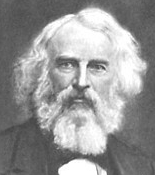
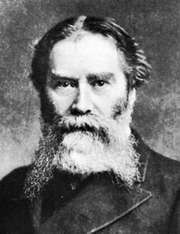
 (NAPSI)—More than 8 million American adults have a condition known as heart valve disease (HVD). While it can be managed, too many people who have HVD don’t know it.
(NAPSI)—More than 8 million American adults have a condition known as heart valve disease (HVD). While it can be managed, too many people who have HVD don’t know it.
